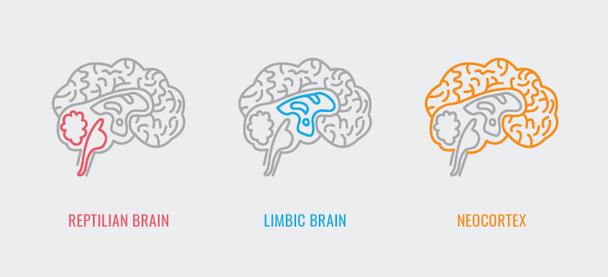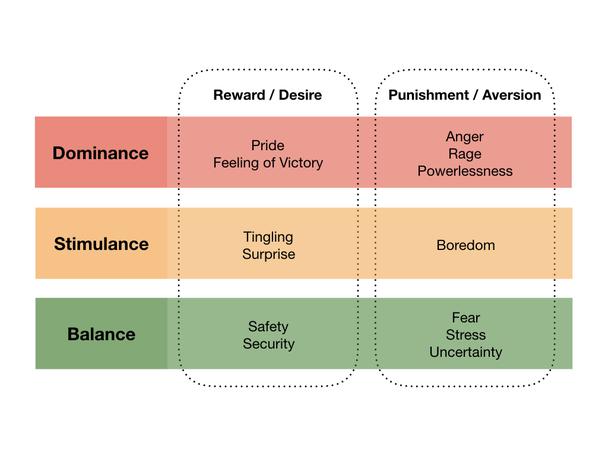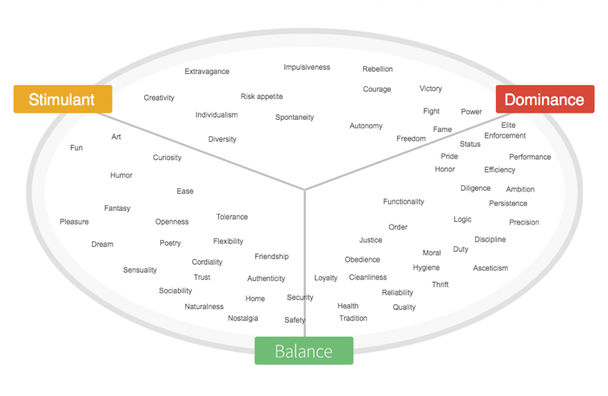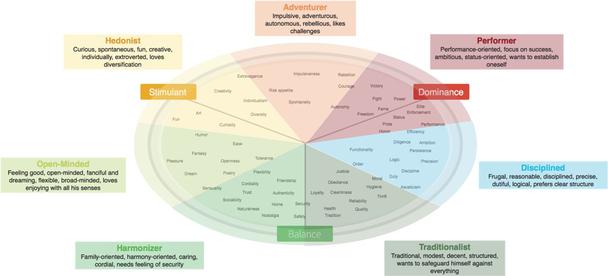How to influence emotions with marketing, Part 2
Implicit processes
There are two types of human thinking: conscious thinking and unconscious thinking.
In classic economic theory, consumers are rational economic actors who make choices after considering all relevant information, using conscious thinking. But there’s a problem with that theory. Conscious thinking is an explicit process and requires a significant amount of energy. The human brain accounts for just 2% of your body weight, but it consumes more than 20% of your energy. Because your body has evolved to operate as efficiently as possible, it limits energy-sapping conscious thinking. Which means that your brain processes almost all communication signals from your environment unconsciously, through implicit processes.

Secret and non-secret processing of information happens per second (illustrated information). Vertical graph - the information you get: eye, ear, skin cover and all sensory organs taken together. Vertical graph: hidden processes (bits / sec), non-hidden processes (bits / sec) The hidden processes are controlled by the limbic system, also called the emotional brain. As a result, most of our decisions depend on emotions.

When a shopper decides to buy from you, they have often made the decision before their conscious mind is even aware of it. Based on millions of cues, they have decided that your product is a fit for them at that moment in time.It’s up to you to create that feeling of ‘this fits me’ for your target customer, and to provide the features and benefits they need to justify their purchase after the fact.
Optimizing marketing experiences for emotional relevance
The trouble for most marketers is that it is very difficult to: 1. Identify what your target customers’ core emotional drivers are, 2. Showcase your findings as a dataset, and 3. Actually incorporate those motivators into your marketing experiences. But it isn’t impossible. We call this optimizing for emotional relevance. And it first requires an understanding of the emotional systems of the human brain. In particular, you need to understand the three main emotional systems and how these systems influence customer behavior through both desire and aversion.
These include 3 systems:
- The Stimulance System, which aims to discover new things and learn new skills. This part of the brain is triggered by novelty, curiosity, change, surprise, and excitement. This system avoids boredom but is drawn to new sensations.
- The Dominance System, which focuses on performance, self-assertion, the suppression of competition, and achieving status, power, and autonomy. This system’s desire is pride or a feeling of victory. And it’s aversion is anger, rage and powerlessness.
- The Balance System, which is motivated by risk avoidance, and stability. This area may be triggered by fear and anxiety, but it is also associated with harmony and conformity, as it seeks security.
The Dominance and Stimulance systems are the expansive and risk-oriented systems in the brain, whereas the Balance system is the risk avoidance counter-system.


At the center of the Limbic model is the Limbic map. All human motives, desires, and values can be represented and related to one another within this map.
The Limbic types
Remember when I touched on the three main emotional systems: Stimulance, Dominance, and Balance? Well, each emotional system is present in each of us, but to varying degrees. Most people are dominated by one of the three systems. The Limbic model allows you to categorize a target customer segment by psychographic profile, rather than just demographics or geographics
Digging deeper into the main emotional systems, you’ll notice that there are seven defined Limbic types based on the emotional values illustrated on the Limbic map.
- Hedonist - Curious, spontaneous, fun, creative, individually, extroverted, loves diversification.
- Adventurer - Impulsive, adventurous, autonomous, rebellious, likes challenges.
- Performer - performance-oriented, focus on success, ambitious, status-oriene, wants to establish oneself.
- Disciplined - frugal, reasonable, disciplined, precise, dultful, logical, prefers clear structure
- Traditionalist - traditional, modest, decent, structured, wants to safeguard himself against everything
- Harmonizer - family-oriented, harmony-oriented, caring, cordial, needs feeling of security.
- Open minded - feeling good, open-minded, fanciful and dreaming, flexible, broad-minded, loves enjoying with all his senses.
The future of marketing gets emotional
Marketers have more data than ever before. But even with all of this data, we still aren’t seeing a complete picture of who our customers are, and why they do what they do.
The strategies WiderFunnel has built around the Limbic model are allowing us to deeply explore the “why” behind people’s behavior, and create truly resonant marketing experiences for our clients. Experiences that motivate shoppers on an emotional level. And unlocking your shoppers’ core motivators won’t just benefit your digital strategy. It will impact every single part of your marketing. You won’t need the Don Drapers of the past to guide your campaign strategy, design your in-store experience, build the perfect homepage or write the most compelling headline.
Instead, you can leverage scientific methodology to figure out what makes your customers tick, and why they buy. Across your marketing spectrum.
For my consultation and help, me and my company will be always with you.
Only original solutions - Lemons.ge
Address: Tsereteli ave. #117ა
Office: (+995) 032 2 45 01 01










